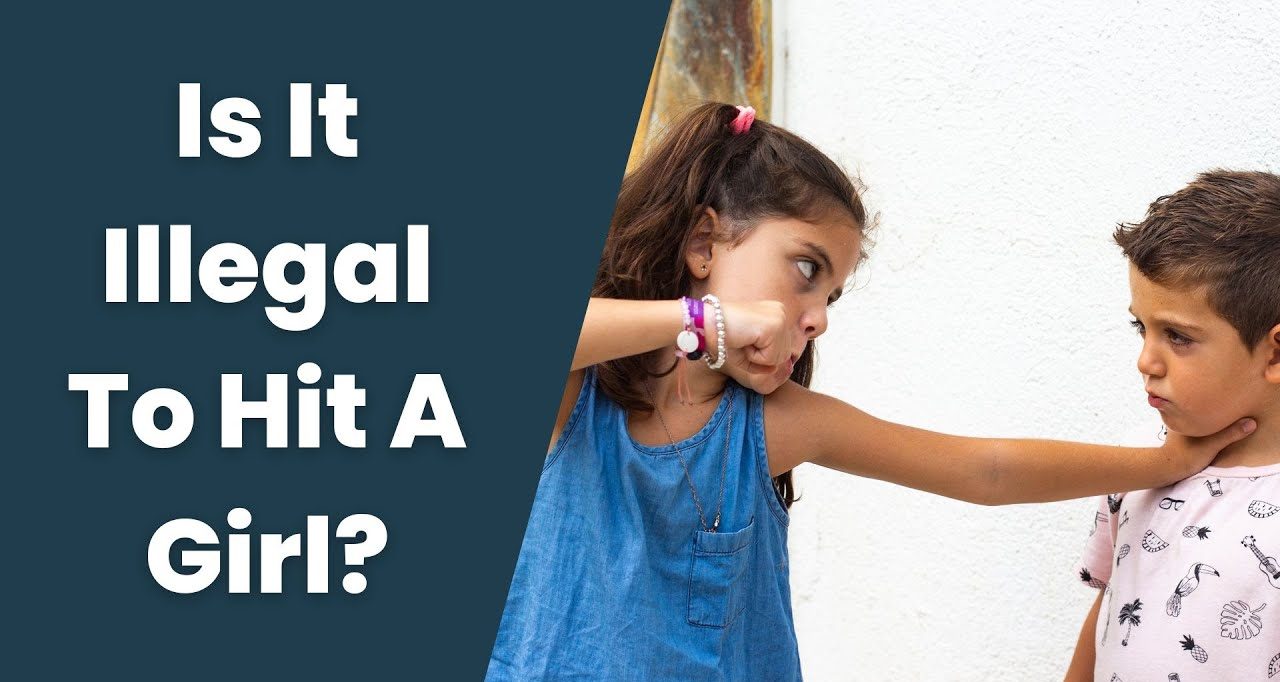Is It Illegal to hit a Girl

In a world where gender equality and human rights are at the forefront of societal discourse, questions regarding permissible actions, particularly concerning physical altercations, often surface. Among these inquiries, one that continues to evoke controversy and confusion is whether it is illegal to hit a girl. The query itself is laden with societal assumptions, historical context, and legal intricacies. Unpacking this complex issue requires delving into various dimensions: legal, ethical, social, and psychological. Let’s explore the multifaceted nature of this question to better understand the legal frameworks, societal perceptions, and moral considerations surrounding it.
At the outset, it’s imperative to emphasize that violence against anyone, regardless of gender, is condemnable and, in most cases, illegal. The idea that hitting a girl or woman could be permissible under any circumstance is not only outdated but also fundamentally flawed. However, discussions surrounding this question often stem from misconceptions or misinterpretations of self-defense laws, cultural norms, and perceptions of gender roles.
The legal perspective on this matter varies depending on jurisdiction, but in the broader context of Western legal systems, the principle of self-defense applies uniformly regardless of the gender of the assailant. Self-defense laws generally permit individuals to use reasonable force to protect themselves or others from imminent harm. In essence, if someone, regardless of gender, poses a threat of violence, the victim is legally entitled to defend themselves proportionally.
The misconception that it might be legal to hit a girl often arises from a misinterpretation of self-defense laws. In scenarios where a woman initiates physical violence or poses a threat, the victim, regardless of their gender, retains the right to defend themselves. The law does not discriminate based on gender in this regard. However, the key determinant is the proportionality of the response—using force beyond what is necessary for self-protection may lead to legal consequences.
Moreover, legal frameworks worldwide have evolved to recognize the prevalence of domestic violence and the need for robust protections for victims. Laws against domestic violence explicitly prohibit physical, emotional, or sexual abuse within intimate relationships, irrespective of the genders involved. These laws provide avenues for victims to seek legal recourse and protection from abusive partners, regardless of their gender.
Beyond legal considerations, the question of whether it’s illegal to hit a girl intersects with broader societal norms and expectations regarding gender and violence. Historically, gender norms have perpetuated the idea that women are inherently delicate and in need of protection, while men are expected to be strong and assertive. This binary understanding of gender roles has contributed to the normalization of violence against women and the trivialization of their experiences.
Challenging these entrenched beliefs requires dismantling stereotypes and fostering a culture of respect and equality. It involves recognizing that all individuals, regardless of gender, deserve to be treated with dignity and afforded the same rights and protections. Initiatives aimed at promoting gender equality, such as education on consent, healthy relationships, and bystander intervention, play a crucial role in shifting societal attitudes towards violence.
Additionally, discussions surrounding gender-based violence must acknowledge the intersectionality of identity, recognizing that individuals experience violence differently based on factors such as race, ethnicity, sexuality, and socioeconomic status. Intersectional approaches to addressing violence not only amplify marginalized voices but also ensure that support services are accessible and inclusive.
From a psychological perspective, the perpetration of violence, regardless of the gender of the victim, often stems from underlying issues such as power dynamics, trauma, and learned behavior. Addressing the root causes of violence requires comprehensive interventions that prioritize prevention, rehabilitation, and support for both victims and perpetrators.
Conclusion
The question of whether it’s illegal to hit a girl encapsulates a myriad of legal, ethical, social, and psychological considerations. While legal frameworks unequivocally condemn violence against anyone, regardless of gender, societal perceptions and cultural norms often perpetuate misconceptions surrounding this issue. Challenging these misconceptions requires concerted efforts to promote gender equality, challenge stereotypes, and foster a culture of respect and non-violence. Ultimately, creating a world free from gender-based violence necessitates collective action and a commitment to upholding the rights and dignity of all individuals.





